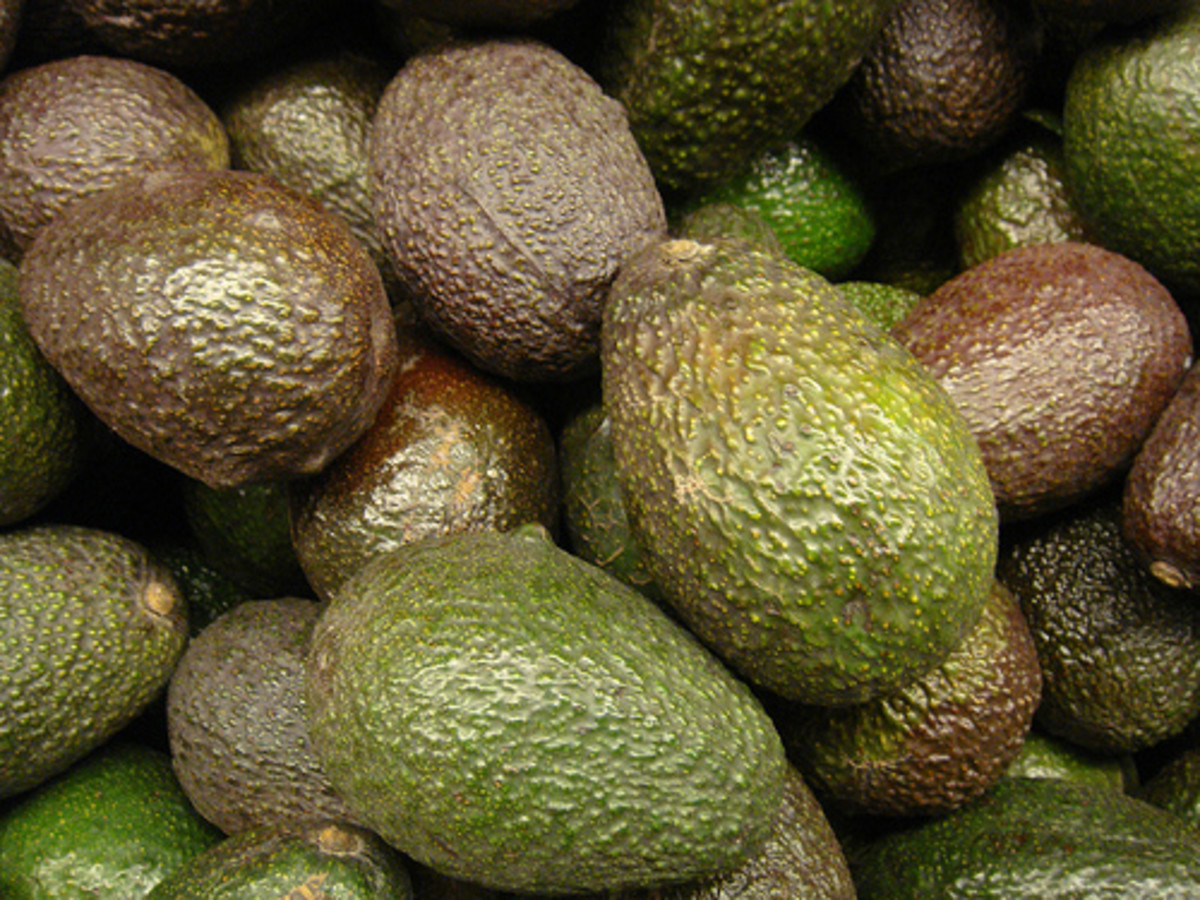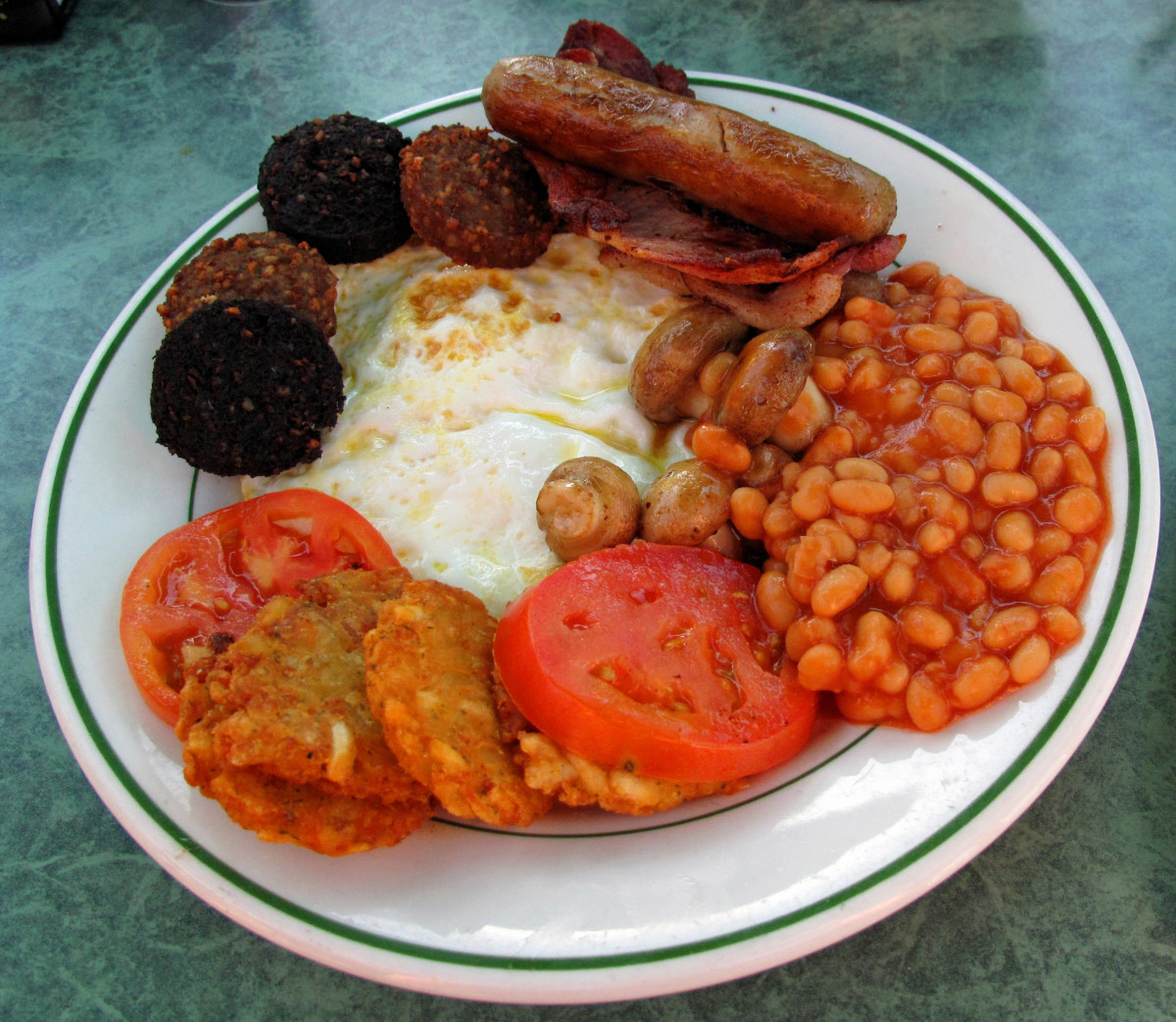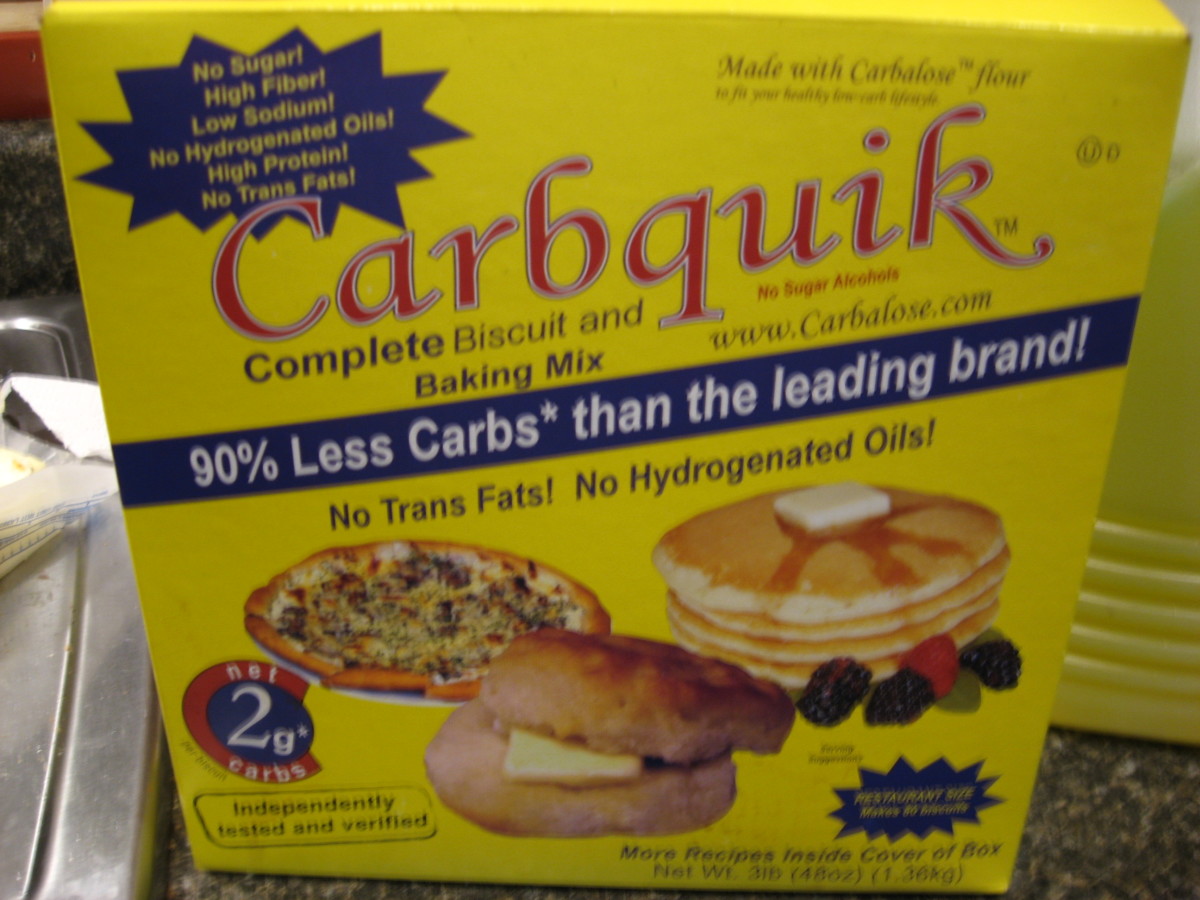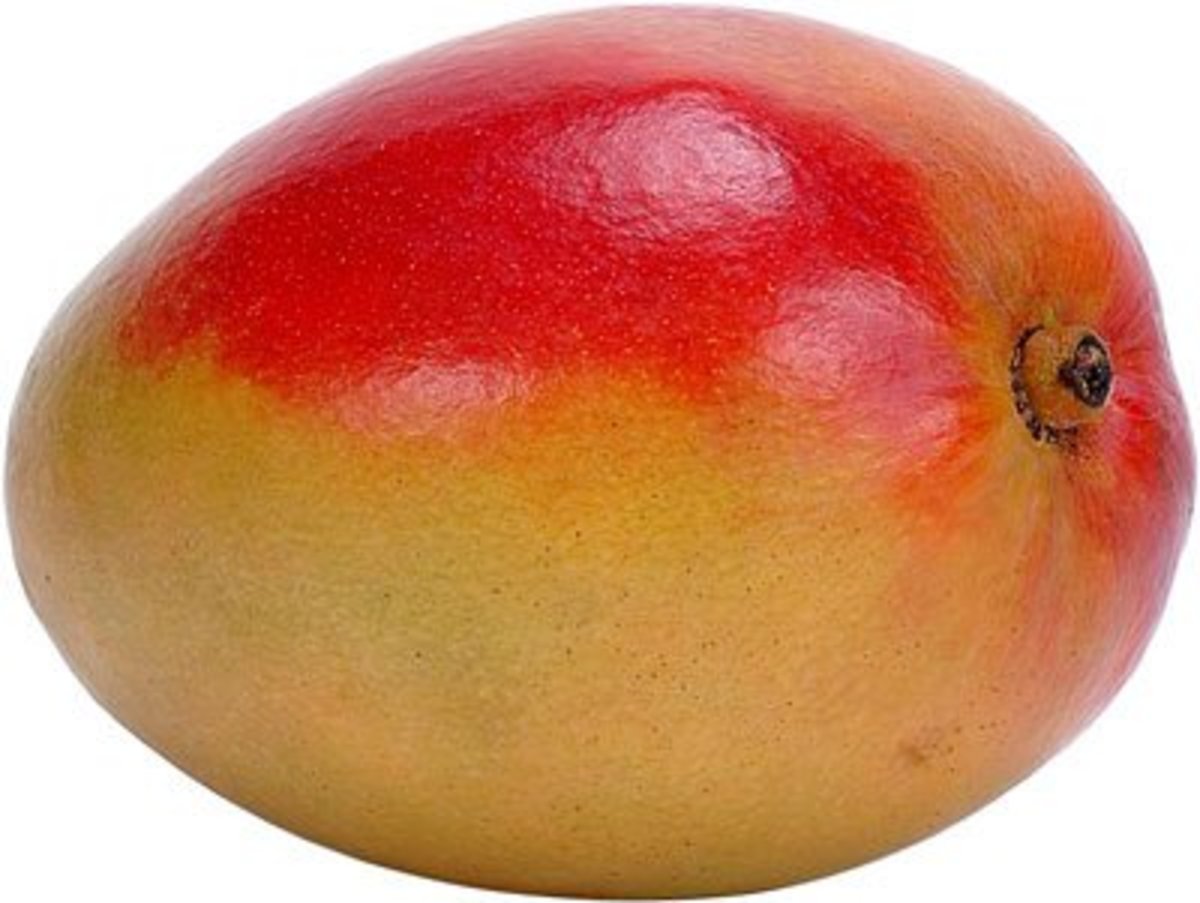What is the Paleolithic diet?
In short, the Paleolithic Diet (or Paleo Diet) is a diet that avoids grains, legumes, and dairy. It revolves around eating whole natural foods that was present in our diet millions of years ago.
It revolves around the idea that we should be eating what our bodies have evolved to be eating. Our bodies are optimized to consume the types of foods that have been around our environment for millions of years since the Paleolithic days.
To give you a sense of the timeline, the Paleolithic era is the time of humans that have been in existence 2.5 million years ago up to the more recent past of 10,000 years ago when agriculture have been invented.
Those food includes animals that they hunted, fish that they caught, eggs that they snatched, above-ground vegetables that they came across, and the occasional in-season fruit that they find.
The Paleo diet advocates whole natural foods -- as they come in nature. They have no problem consuming saturated animal fat provided it comes from clean source (preferably pastured raised animals) and wild game. Fish is great. And the Paleo advocates are very big on eggs. Although eggs are not dairy, some people do have a sensitivity to eggs.
Because the Paleo diet eliminates grains, it often turns out to be a relatively low-carbohydrate diet. There are many variants of the paleolithic diet. It can easily be turned into a gluten-free diet because gluten is primarily found in grains. The paleo diet can easily be turned into a casein-free diet because casein is primarily found in dairy. Both grains and dairy are eliminated from paleo. You just have to avoid the gluten and casein hidden in the other processed foods.
People with Celiac disease must go gluten free. Many people with autoimmune conditions such as Rheumatoid arthritis, autoimmune thyroid conditions such Graves Disease and Hasimoto's Diseases, and other autoimmune conditions should also go gluten free. Many children with autism are going gluten-free and casein-free. So the paleo diet can be the basis for such gluten-free and casein-free diets.
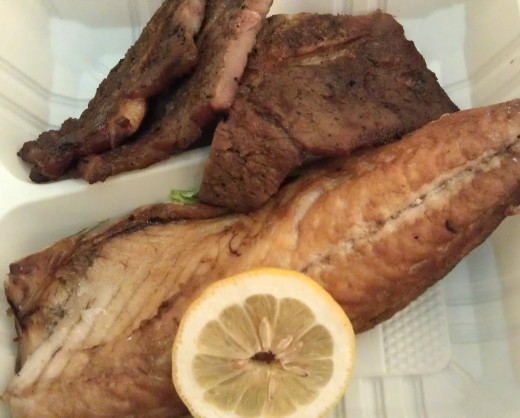
Some aspects of the Paleolithic diet is that is a relatively low-carbohydrate diet that avoids sugar. It avoids anti-nutrients such as gluten, casein, and phytates. Gluten is found in many grains and bread and pasta. Casein is the protein in dairy products. Phytates are in beans and legumes.
The Paleo diet do not include process foods, vegetables oils, grains, legumes, and dairy. Vegetable oil is considered processed foods and is also avoided. In other words, "cavemen do not eat process foods".
Science with many studies is now backing up the idea that this is the ideal way to eat for most people. It is promoted and advocated by many doctors. And new books are constantly coming out advocating the Paleo diet.
And his books...
Founder of Paleo Movement
Dr. Loren Cordain is founder of the Paleolithic Diet movement and a leading expert on the Paleolithic diet. Hear how he came about to learn about the science of this way of eating on episode 556 of The Livin La Vida Low-Carb Show podcast.
To learn more about the Paleolithic diet, you may want to read his books The Paleo Solution and The Paleo Answer, plus others.
Avoid Neolithic Foods
The Neolithic period was a time around 10,000 years ago when humans developed agriculture. This is when grains, legueme, and dairy started coming into the human diet. Before then, pre-historic humans did not harvest grains or beans. They did not milk cows nor made cheese.
The Paleo diet attempts to avoid such foods containing grains, legumes, and dairy such as wheat, beans, milk, cheese, yogurt. Legumes are beans.
By definition, because paleo is without grains, without dairy, and without legumes, it is automatically a gluten-free and casein-free diet.
What about corn and soy. Nope, they are both out. Because corn technically is a grain. And soy from soybeans is a legume. So that means that tofu, tempeh, and edamame are not paleo. That is not to say that anything that is non-paleo is bad. There is many healthy and good food that are non-paleo. See my post on the good and bad soy.
Avoid Anti-nutrients
Science is now discovering that many of these Neolithic foods contain anti-nutrients such as gluten, casein, and phytates as the main ones avoided by the Paleo diet.
These antinutrients have not been in our diet during the majority of our human evolution. Hence are bodies have not evolved to be able to process these foods. Although others argue that some sub-populations have evolved or adapted fine to these foods since the advent of agriculture 10,000 years ago.
Gluten is probably the worst anti-nutrient of them all and is found in wheat, rye, barley, and any foods made from them. It is obviously that not all humans have adapted to these anti-nutrients because of the prevalence of gluten sensitivity and celiac disease in modern times. I write about the problem of gluten and wheat in another article.
Rice and potatoes however does not contain gluten. Quinoa also does not contain gluten, but may have remnants of saponins, which is another anti-nutrient.
Casein is a protein found in milk that some people have a sensitivity or allergy to. Lactose is sugar found in milk of which many people is lactose intolerant. Others argue that casein and lactose can not be so bad since it is found in human breast milk. Most babies and children actually do not have problem with lactose because they are able to make an enzyme called lactase which help digests lactose. But starting at around age five, the child will start to become lactose intolerance due to lower levels of lactase. In adults, lactose intolerance is the norm. However, some sub-group of population in the world have now evolved with the advent to agriculture to be primarily lactose tolerant and would not have problems with milk.
So clearly, these anti-nutrients are a problem for some but not a problem for all. There are now tests available to determine if you are sensitive the gluten, casein, eggs, and other food sensitivities.
Avoid Sugar, Carbohydrates, and Processed Foods
In the early human period, there was very little sugar -- only the occasional fruit when it is in season. The sugar from sugar cane, for example, is extremely difficult to access. The body has multiple mechanisms for increasing blood glucose levels, but it has only one mechanism for lowering blood glucose and that is the insulin hormone which shunts sugar into the cells for fuel. In prehistoric times, there was not a need for the body to reduce glucose levels since the diet is devoid of sugar and starches.
However, in modern times with all the sugary beverages, bread, pasta, processed foods, flour products, potato chips, and fries, there is too much sugar getting into our bloodstream. Carbohydrates turns into sugar after digestion.
Our entire 5 liters of blood in our body contains about only one teaspoon of sugar -- under normal conditions that is. That is only 5 grams of glucose. But when we eat a medium order of fries, that turns into 47 grams of sugar in our blood, nearly 10 times more sugar in our bloodstream than our body would like. [reference]
The pancreas has to work overtime to pump out insulin in order to get this high sugar level under control. And when it is not effective in doing so, due to insulin resistance or other causes, it can lead to diabetes and obesity.
So the Paleo diet attempts to mimic the lower sugar consumption of the Paleolithic era and hence reduce the risk of diabetes and obesity. That is why the Paleo diet avoid sugar, carbohydrates, and processed foods.
Paleo is Primal
The Paleolithic diet is also known as the caveman diet, Stone Age diet, and hunter-gatherer diet. The Paleo-like diet is often referred to as "primal".
Mark Sisson's often writes posts on his Mark's Daily Apple site about whether a certain food is "primal" or not. Just to name a few, he writes that coconut water, cocoa, animal skin, and cod liver oil is primal. But chocolate milk, agave nectar, soy lecithin, ezekiel bread, and edamame are not primal. His book is The Primal BluePrint which talk about the primal exercise lifestyle in addition to primal foods.
To Learn More about the Paleo Diet
The book Primal Body, Primal Mind by Nora Gedgaudas is very much advocating the Paleo-typical diet. It is talks about the science and contains a lot of reference in the appendix. It is a great book if you want to learn more about the Paleo way of eating.
Another book is The Paleo Solution by Robb Wolf, who has a blog, podcast, and forum at robbwolf.com
Some Criticism of the Paleolithic diet
The Paleolithic diet is a good starting point and certainly is much better than the standard American diet of fast and processed foods. However there are wide individual variations and not all individuals will have problems or intolerances to the many foods that the Paleolithic diet restricts.
Chris Kresser puts it nicely and has podcast by saying ...
"I’ve always looked at paleo as a starting place and not a destination, ... the paleo diet is a great basic template that we can all follow, but within that template, there’s a lot of room for individual variation. And then there are also foods that weren’t available in the Paleolithic Era that I think are beneficial when they’re well tolerated by the individual"
In that podcast, guest Mat Lalonde points out some logical fallacies made in the blogosphere in regards to some of the reasons behind the paleo diet. For example, just because a certain food is not eaten by Paleolithic human does not necessarily mean that that food is bad for us.
Possibly too low carb for some
Another problem of the Paleolithic diet is that some people following it may go too low on carbohydrates. While it is true that most people are eating too much sugar and carbohydrates, a few people adopting the Paleolithic diet or a very extremely low carb diet may run into the problem of glucose deficiency.
This was mentioned by Paul Jaminet in interview with Dr. Mercola. That is why Paul Jaminet and Shou-Ching Shih Jaminet developed the perfect health diet, which is based in part to the Paleolithic diet but adds in "safe starches" such as rice, potatoes, and taro. You can learn more about it in their book The Perfect Health Diet.
Chris Kresser also argues in favor of having some starch in the diet of healthy (non-diabetic) people in his blog linked here. He mentions that there are billions of people eating a high starch diet without problem.
PaleoForWomen.com writes that glucose may help optimize thyroid activity because glucose is needed by the liver to convert T4 to T3. Although, it is true that the liver can make glucose from protein, but that does constitute a lot of work.
Because Paleo diet eliminates grains and beans, it is somewhat lower in carb. Some say to make sure you get enough carbs from certain starches (rice and sweet potatoes and squash) to avoid glucose deficiency.
Ironically, there have been evidence that very low carb can lead to higher LDL cholesterol possibly due to lower thyroid function activating the LDL receptors because active T3 thyroid hormones becomes low when glucose or protein is scarce. [reference] And higher saturated fat diet increases LDL cholesterol because it reduces LDL receptors. [reference]
Very low carbs can induce physiological insulin resistance. [reference]
Others however, believes that any level of carbohydrate will have an negative impact. The debate is nicely summarized by Dr. Mercola's article here.
Of course, every body is different. Some will require more carbs than others. But based upon my readings and opinion, I feel that some moderate amount of "safe" (non-gluten and low fructose) starchy carb is good for most healthy individuals -- perhaps a little more carbs than what the Paleo diet advocates.
Christina Warinner on TEDx debunks the paelo diet in the below video...
Paleo as a template
Paleo diet embodies basic principles which can be used as a general guide template. You can modify, make exceptions, and tailor the diet to your own bio-individuality and unique needs since everyone is different.
For example, some people who do not have diabetes or insulin resistant may have no problems adding in white rice (even though it is a forbidden grain in the paleo template). It is still paleo except for the white rice which is a grain. The reason why grains is avoided in the Paleo diet is the anti-nutrients in the grains which mainly is found in the outter bran and germ the grain. White rice has this stripped out and hence is known as a "safe starch". So for those who do not have a diabetic condition and can tolerate some carbohydrate, white rice would be a perfectly fine exception to make.




